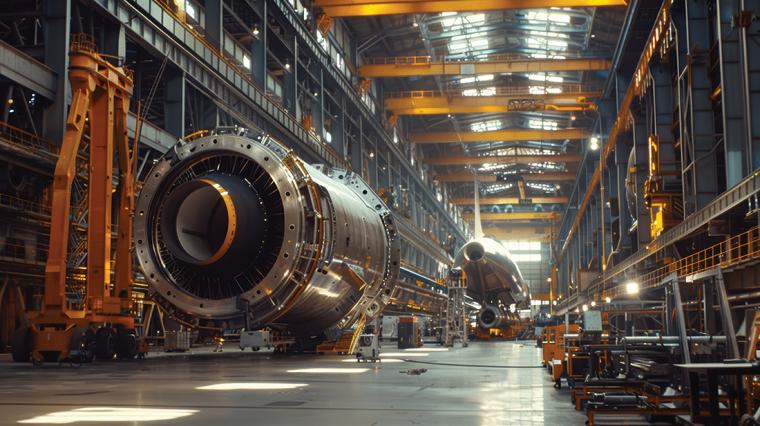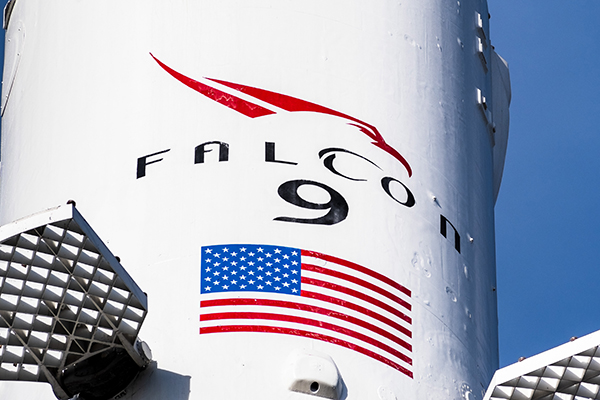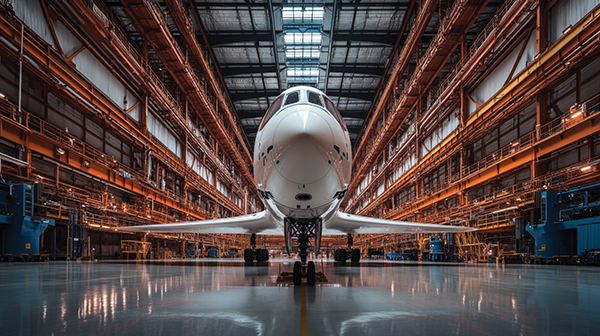
The aerospace industry is on a clear growth trajectory. From commercial aviation to defense contracting as well as maintenance, repair and overhaul (MRO), demand for products and services is increasing. At the same time, demand for skilled workers in these industries is also increasing. It has been estimated by a recent Commercial Market Outlook prepared by Boeing that the U.S. commercial aerospace sector will need an additional 123,000 technicians over the next 20 years.
As of today, the aerospace industry is growing too fast for the workforce model meant to support it. Across the United States, aerospace companies are attempting to cope with a widening skills gap driven by new technologies, an aging labor pool and outdated training pipelines that were not built for significant technical change.
A Complex Industry with a Common Challenge
Since its infancy, the aerospace industry has encompassed a broad range of subsectors, including supply chain firms and OEMs to space exploration, composites, MRO and defense manufacturers. These areas may differ in scope, but they share a common challenge: keeping up with rapidly evolving technology and developing a workforce with the right mix of technical expertise and adaptability.
As innovation accelerates, automation, additive manufacturing, artificial intelligence (AI) and digital systems are being implemented across aerospace facilities. In defense, newer breakthroughs like vertical-lift aircraft and next-generation materials are driving the need for modified training. These innovations often extend to civilian applications, meaning that when one part of the industry evolves, so too must the rest. To meet growing demand, every segment of the aerospace manufacturing supply chain must adapt its workforce and skills to keep pace.
The Skills Gap Keeps Reopening

Today, some of the most glaring workforce gaps are in areas such as welding, industrial maintenance and systems integration. These are not new jobs, but the way they’re carried out has changed. As technology evolves, so do the skill requirements for these professions. These shifts reopen the skills gap each time advancements are made, creating a cycle that’s unlikely to slow down. The faster the innovation, the faster training needs fall out of sync. New solutions must address this accelerating pace of the skills gap.
At the same time, the industry is facing the steady retirement of Generation X and Baby Boomer workers, many of whom hold deep institutional knowledge which is in danger of being lost. Across the nation, retirements in this sector exceed the national turnover rate of 3.8 percent, with 25 percent of the aerospace workforce possessing more than 20 years of experience reaching or approaching retirement age, according to a Deloitte analysis.
While most aerospace employers have addressed acute talent shortages that emerged over the past decade, they must still replace this aging workforce with candidates who not only have technical skills but show promise for long-term growth. It’s no easy feat.
Too Many Aerospace Training Programs Are Still Playing Catch-Up
The workforce systems meant to keep pace with these shifts often fall short. Across the country, many states continue to operate training initiatives in isolation, offering employers grants without a clear, coordinated and proven strategy and no standardized, hands-on training.
This fragmented approach is inadequate for aerospace, where precision, safety and regulatory compliance require highly specialized and current training programs.
North Carolina’s Aerospace Training Approach: Employer-Led, Industry-Specific
North Carolina has taken a different tack. Home to more than 200 aerospace companies — including Boom Supersonic, GE Aerospace, HondaJet and Marshall Aerospace — and more than 46,000 engineers, the state has built the infrastructure to support sustained industry growth. But the real differentiator in the program is the close integration between the workforce system and aerospace employers, particularly through customized training resources delivered by the community college system.
The model is simple in practice but powerful in execution. Colleges and regional training centers collaborate directly with aerospace companies to develop and implement job-specific training programs, often onsite. Many college instructors have come from the aerospace industry themselves. Some programs also include pre-employment assessments and introductory training before hiring begins, while others focus on upskilling current employees or creating internal train-the-trainer capabilities.
A Model That Works for Employers of All Sizes

The goal for expanding aerospace workforce skills should be a hands-on, responsive model that doesn’t ask businesses to figure things out alone. The college system becomes a partner in managing the training project from start to finish. That deep collaboration is what makes it work.
Employers such as GE Aerospace have seen the benefits. The company recently invested an additional $101 million in North Carolina, with workforce support playing a key role. At community colleges such as A-B Tech and Wilkes Community College, among several others, instructors and college directors worked closely with GE early on to conduct skills assessments and then direct training, with an overall goal of deepening their talent pipelines. From the start, the goal was not simply to support one phase of growth, but instead to help the company thrive in North Carolina over the long term. That partnership continues to this day, with training evolving to meet new needs.
Ultimately, the state’s customized training model is designed to support companies as they make their first hires and as they reskill a workforce that numbers in the thousands.
Public-Private Partnerships Are Essential to Closing Workforce Gaps
At its core, this approach to workforce development succeeds because it is grounded in public-private collaboration. Every community college in the state has a board of trustees, a foundation and employer partners who play a role to directly shape program development in response to industry needs. The colleges also coordinate closely with North Carolina’s economic development office to streamline efforts and avoid duplication.
This close collaboration has led to greater alignment across the aerospace industry. Even companies that traditionally compete with one another are coming together to address workforce challenges. Throughout the state, it’s common to see competitors collaborate on shared apprenticeship programs or sponsor cross-company leadership training. The results are clear: stronger talent pipelines, improved retention and a more skilled workforce for the entire aerospace sector.
Where Talent and Technology Must Intersect
Emerging technologies like sustainable aviation, artificial intelligence and smart manufacturing are transforming aerospace. They do, however, bring challenges, from high energy demands to resource constraints. Companies must innovate responsibly while adapting their workforce to new technologies and other new realities.
As needs shift, aerospace employers require talent that blends hands-on experience with new technology skills. That calls for flexible, industry-driven training led by experts who know the work.
North Carolina’s customized training program is helping employers stay ahead. To address an aging workforce, it’s using train-the-trainer models in which seasoned professionals mentor new hires, upskill peers and pass down critical knowledge. The end goal is to build a scalable, future-ready talent pipeline.
Bridging the Gap
The aerospace industry is at a critical juncture. As technology advances, the skills gap widens, revealing glaring new training needs. With experienced workers preparing for retirement, it’s crucial to equip the next generation with the knowledge to sustain the aerospace sector, and quickly.
This means going beyond talent acquisition and initial onboarding. Training must be standardized, adaptive and thorough, even partnering with state entities to ensure precision. In the training, candidates should undergo hands-on activities that they will encounter on the manufacturing floor, and rigorous other safety-related activities to ensure their ability to complete the job from day one.
North Carolina’s customized training program has proven that employer-led training can effectively prepare the industry for the future, and it will be a critical piece of the wider puzzle that helps the U.S. maintain its leadership in aerospace. Nationwide, this approach must become the standard. T&ID
